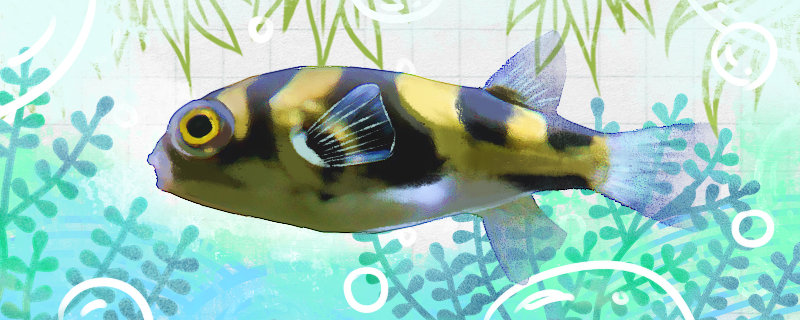 Is the
Is the ? The South American giant salamander is a relatively rare species, which is not very common in the market now. This kind of fish still has a high demand for breeding equipment. If the water quality or living environment is not up to standard, they are easily infected with some skin diseases. The space of the aquarium for breeding should be large enough so that their range is not restricted. Some aquatic plants such as hornwort
can be planted in the aquarium. They can bring more oxygen to the South American giant salamander through photosynthesis and increase the dissolved oxygen in the water, which is also good for their growth. Raising this kind of fish requires a certain amount of professional knowledge, and novices have no way to raise South American giant salamanders.
South American giant salamanders 1. Raising water: When families raise South American giant salamanders, most of them like to raise them with tap water. However, it should be noted that the tap water should be treated with a water treatment. Put the tap water in the sun for about three days, which can largely remove the chlorine in the water and reduce the damage to the giant salamander. After the chlorine is removed, the giant salamander can be moved into the water.
2. Feeding: They are very interested in fresh live bait. Active baits such as red worms, mealworms and tubificidae can be used to feed them. If you want to feed tubificidae, you can prepare a small bag with gauze in advance and put tubificidae in it. Tie the bag to the aquarium, and the tubificidae will come out from the gap of the bag, and the giant salamander can hunt.
3. Disease treatment: This kind of fish is most likely to catch diseases in the tail. When their tails rot, the sick fish should be kept in isolation immediately, otherwise the fish will pollute the water quality for a long time, causing other fish to be infected with diseases.